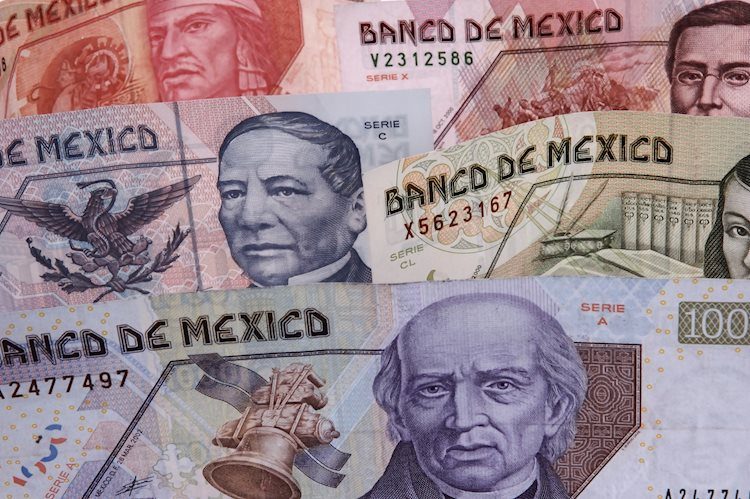The Mexican Peso saw a decline in its key pairs on Monday after reports emerged that President-elect Donald Trump had offered the job of US Trade Representative to Robert Lighthizer. This news raised concerns as Lighthizer is known for his protectionist stance and tough negotiating skills. The Peso lost 1.86% against the US Dollar on Friday following these reports. There are fears that Lighthizer could take a similar tough stance in renegotiating the USMCA agreement in 2026, potentially impacting Mexican exports to the US.
Another factor contributing to the Peso’s weakness is the possibility of the Republican party winning a majority in the US Congress. With Republicans already holding the presidency and Senate majority, a win in Congress would give them greater power to push through their legislative agenda without opposition. This scenario could further weigh on the Peso against the USD, with estimates predicting a range of 21.14 to 22.26 in such a situation. However, if the Republicans fail to secure a majority in Congress, the pair is likely to range between 19.70 and 21.14.
The upcoming Bank of Mexico meeting on Thursday for its November policy decision could also bring volatility to the Peso. Despite higher-than-expected inflation data, experts anticipate a 0.25% cut in the bank rate to 10.25%, which could deter foreign capital inflows and impact the Peso negatively. Recent economic data, including Mexican Industrial Production and Consumer Confidence figures, provide some insight into the country’s economic health, with industrial production showing modest growth and consumer confidence improving in October.
Technical analysis suggests that USD/MXN is resuming its uptrend, with the pair recovering from the base of its rising channel. A break above the key resistance level of 20.80 could signal further gains, with 21.00 as the next target. The trend favors more upside movement, supported by established medium and long-term uptrends. The Banxico, Mexico’s central bank, plays a crucial role in guiding the country’s monetary policy through interest rate decisions. Maintaining low and stable inflation levels within target bands is a key objective for the Banxico, with interest rates being a primary tool for achieving this goal.
In conclusion, the Mexican Peso’s recent weakening against the USD can be attributed to multiple factors, including rumors of Lighthizer’s appointment as US Trade Representative, potential Republican majority in Congress, and upcoming Banxico policy meeting. These developments highlight the importance of monitoring both domestic and international events that could impact the Peso’s exchange rate. As the currency continues to face uncertainties, investors and traders should stay informed about key economic data releases and central bank decisions to navigate the dynamic forex market.


























